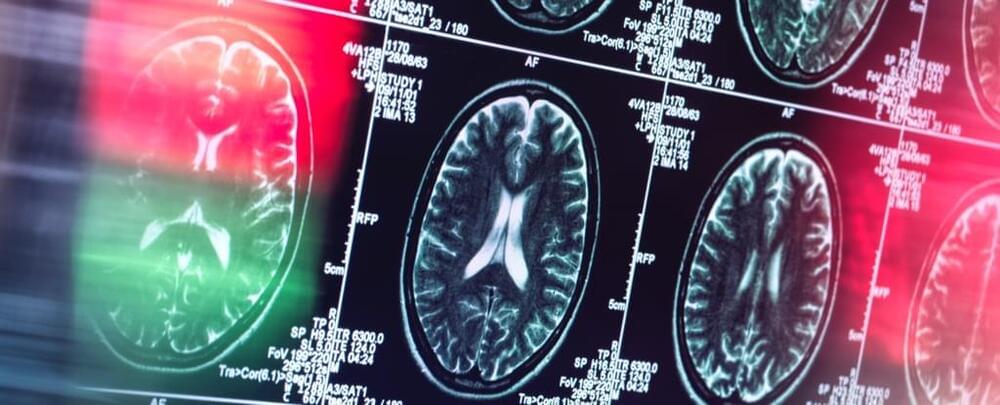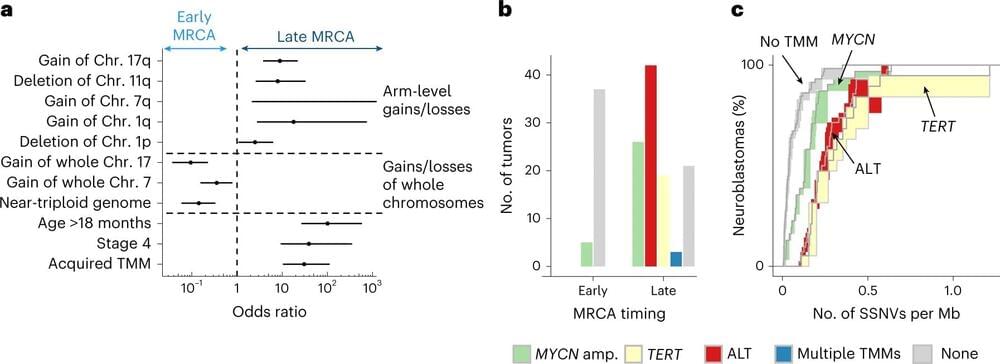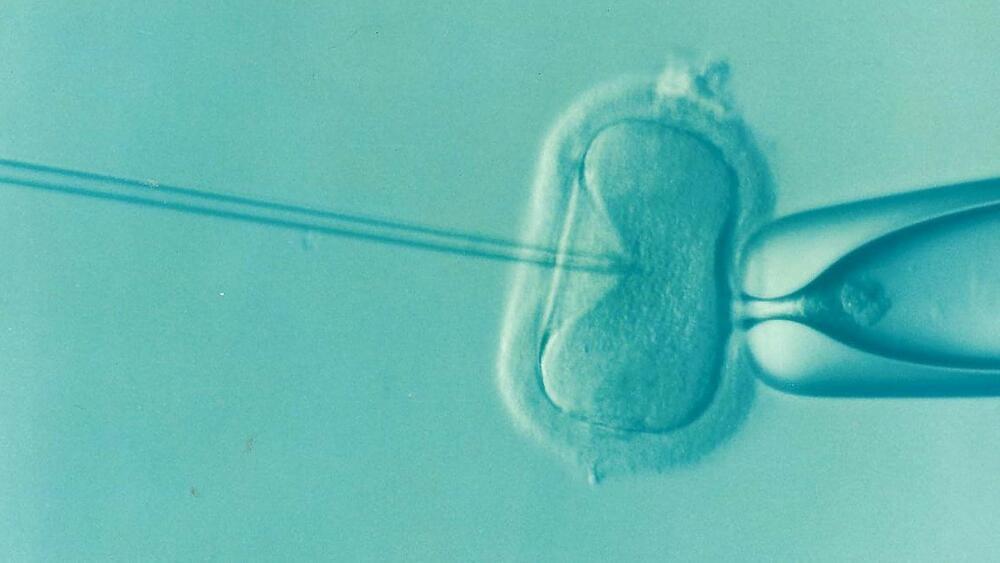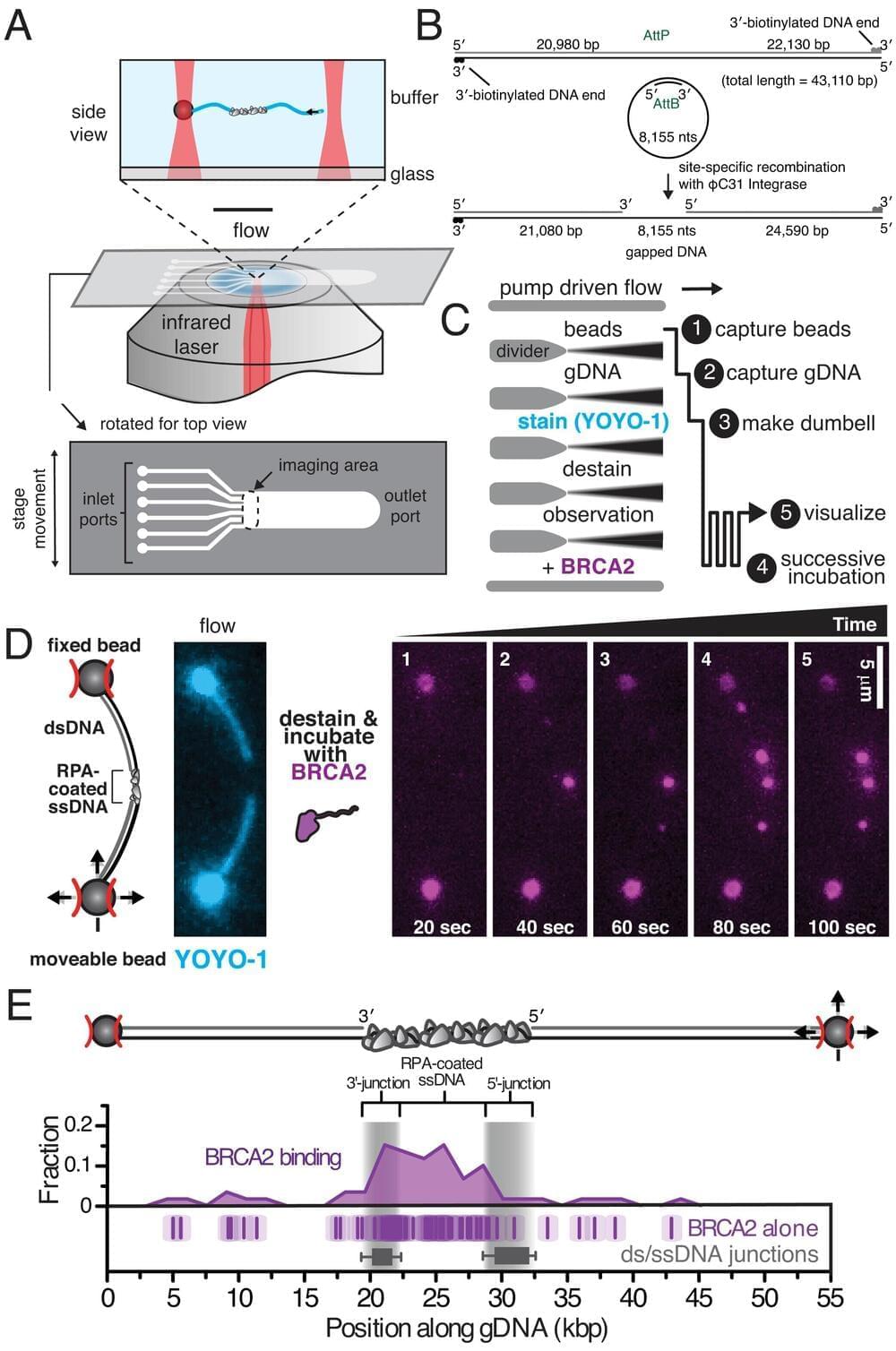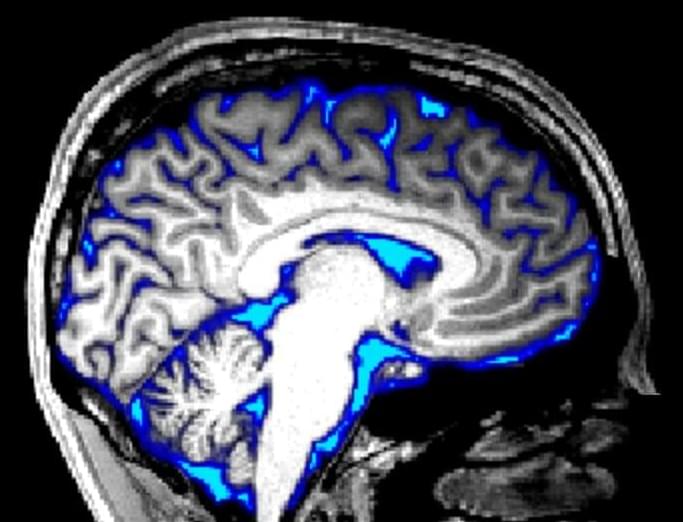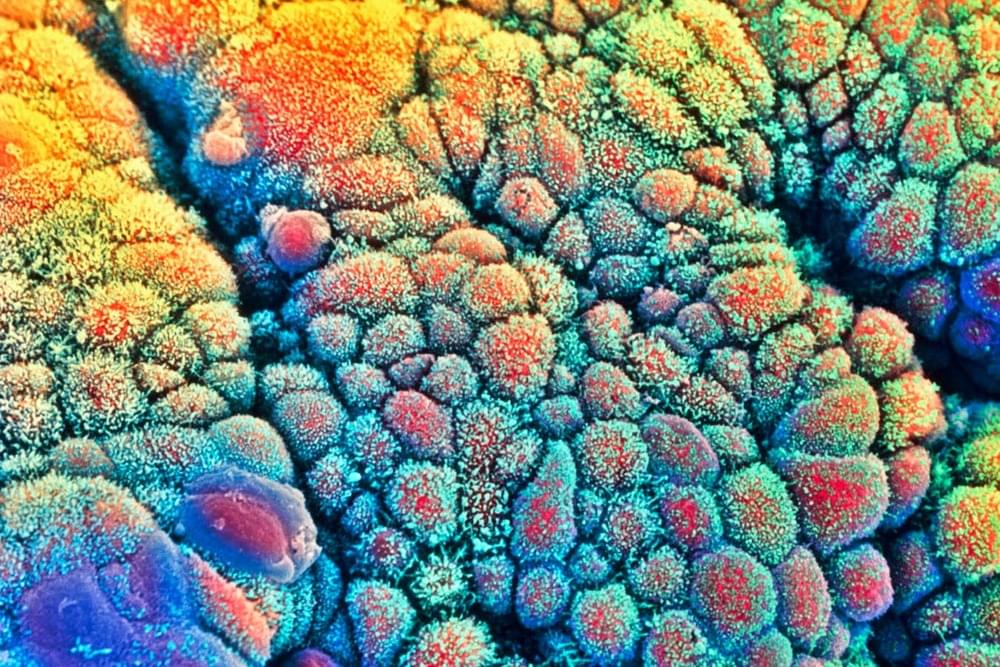Previously Fahy has reported as much as a 15 year epigenetic clock reset. Again though, this won’t get you beyond your maximum natural limit, but younger and healthier now leads to the next bridge.
Dr Greg Fahy talks about the thymus magic. What are the out of expectation benefits of reprogramming our thymus(Not TRIIM or TRIIM-X) in this short clip.
Gregory M. Fahy is a cryobiologist and biogerontologist, and is also Vice President and Chief Scientific Officer at Twenty-First Century Medicine, Inc. Fahy is the world’s foremost expert in organ cryopreservation by vitrification. Fahy introduced the modern successful approach to vitrification for cryopreservation in cryobiology and he is widely credited, along with William F. Rall, for introducing vitrification into the field of reproductive biology.
Fahy is also a well-known biogerontologist and is the originator and Editor-in-Chief of The Future of Aging: Pathways to Human Life Extension, a multi-authored book on the future of biogerontology. He currently serves on the editorial boards of Rejuvenation Research and the Open Geriatric Medicine Journal and served for 16 years as a Director of the American Aging Association and for 6 years as the editor of AGE News, the organization’s newsletter.
=*=*=*=*=*=*=*=*=*=*=*=*=*=*=*=*=*=*=*=*=*=*=*=*=*
